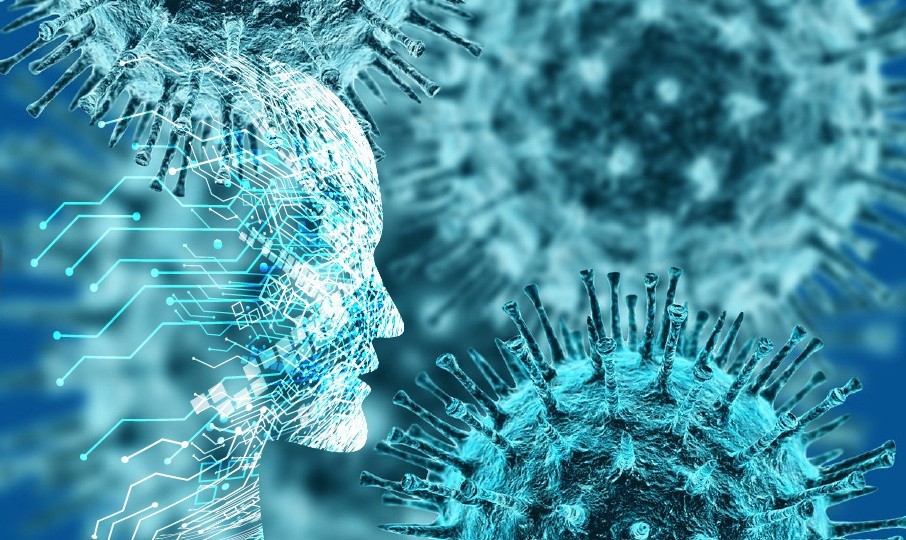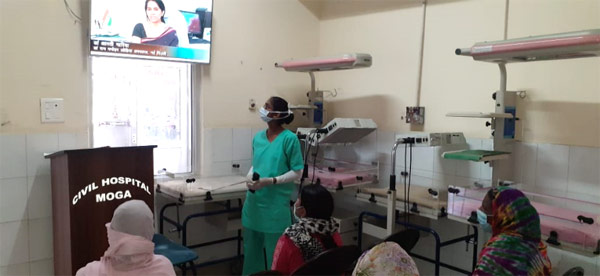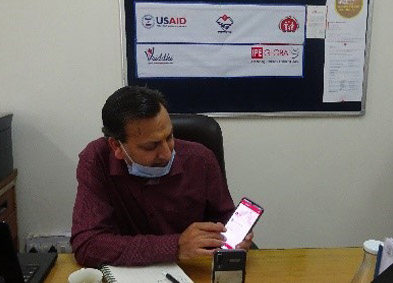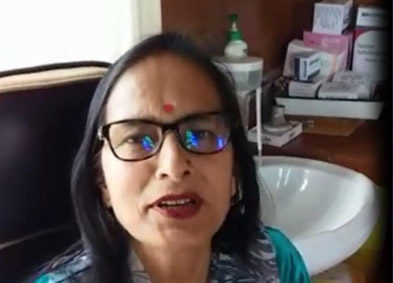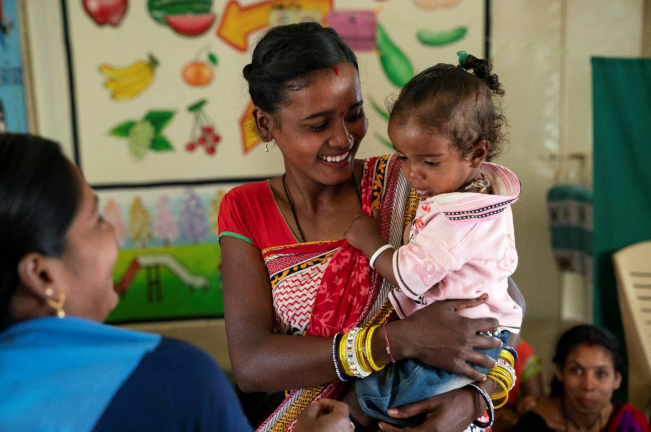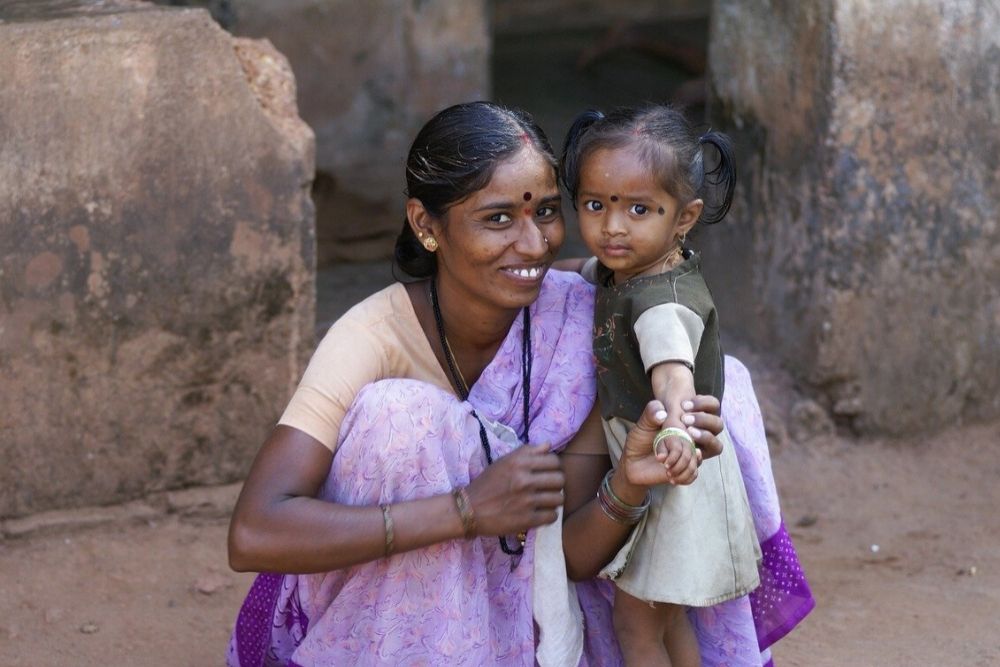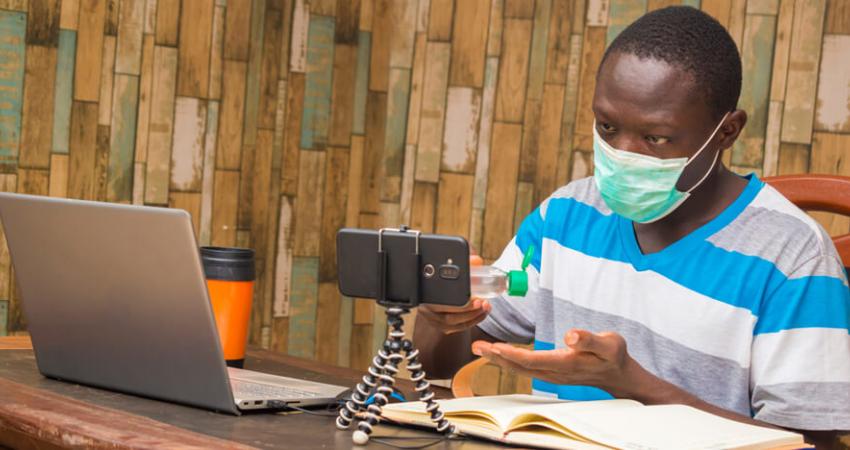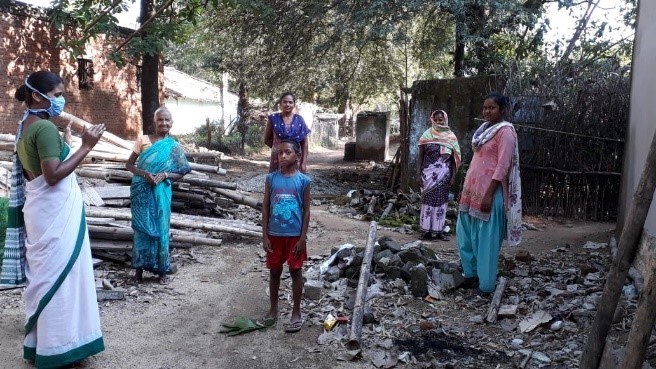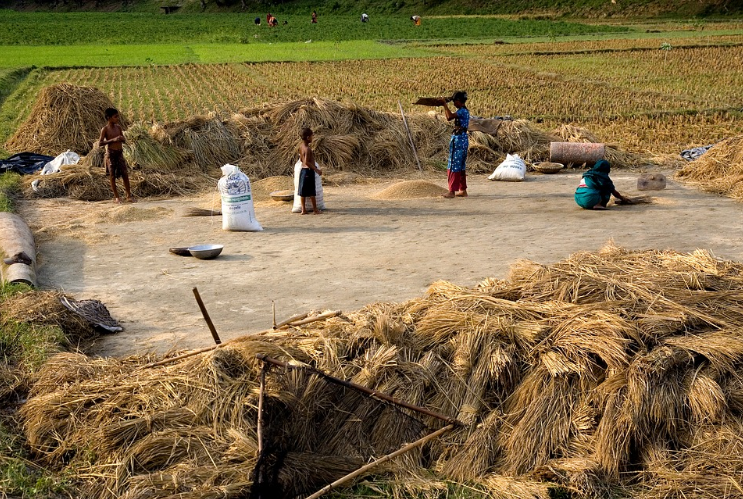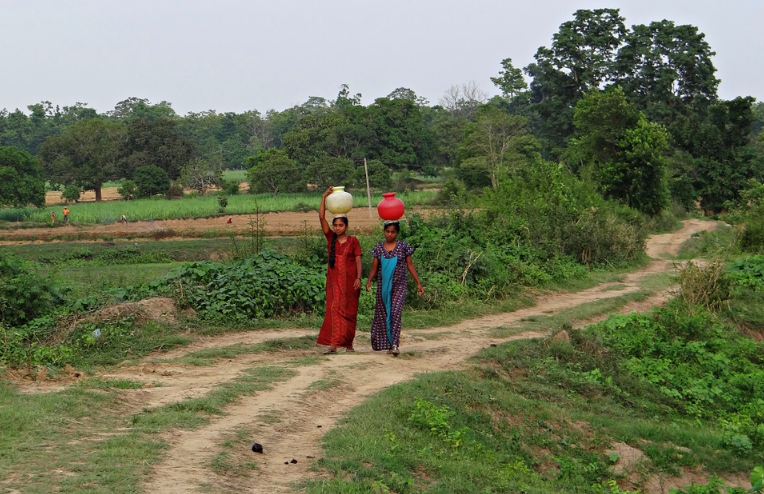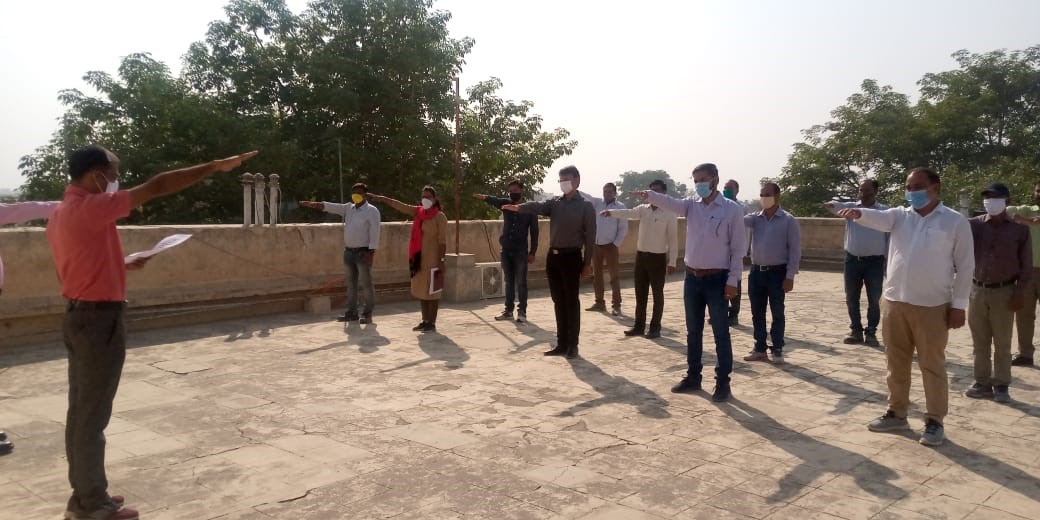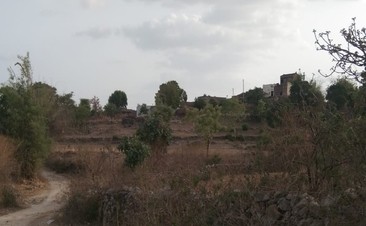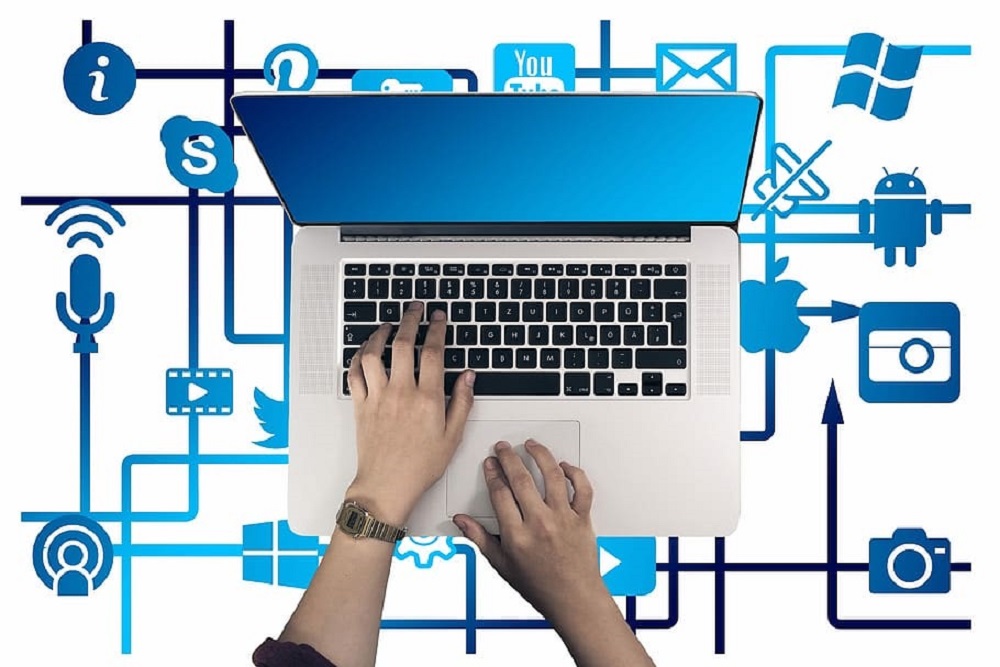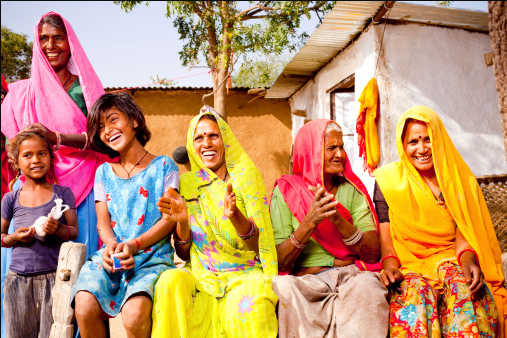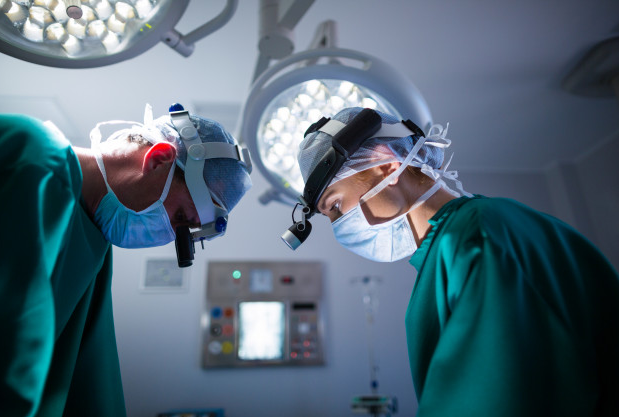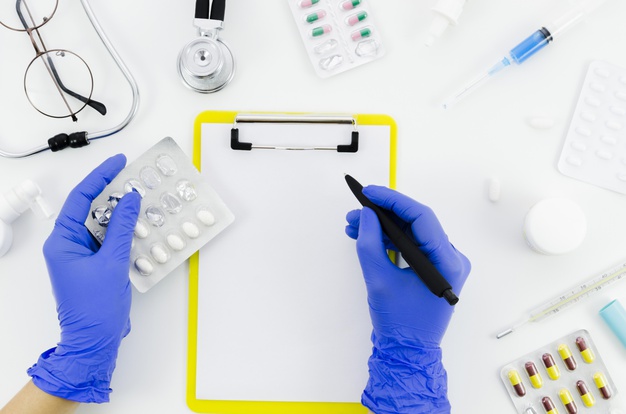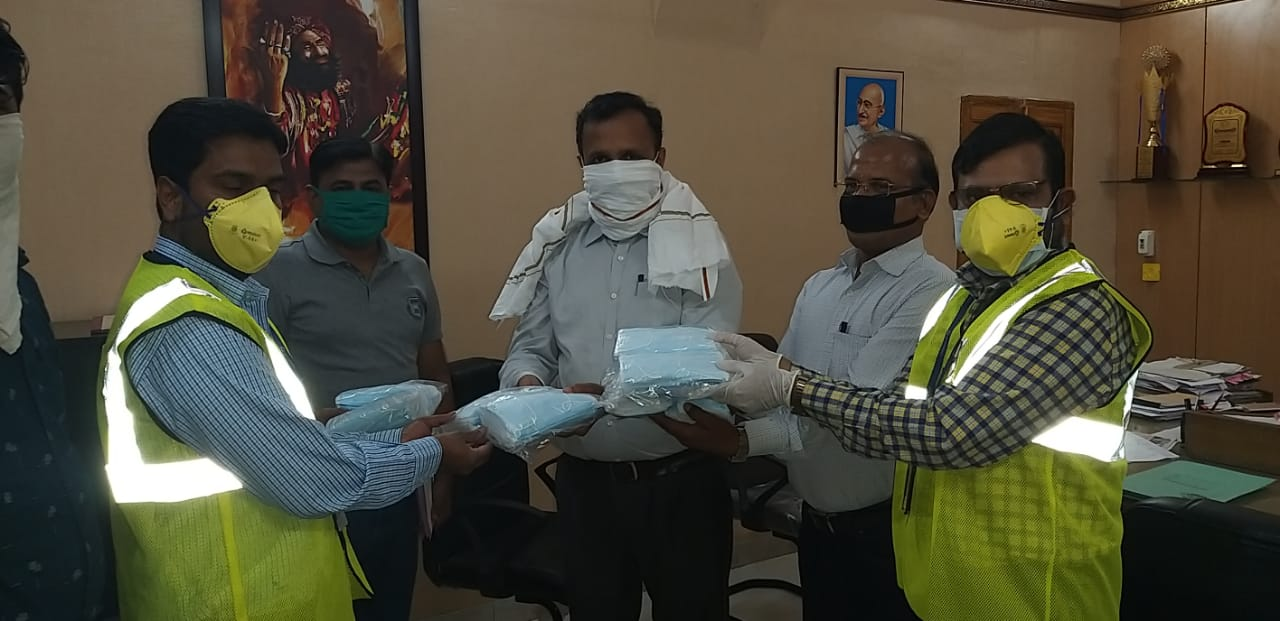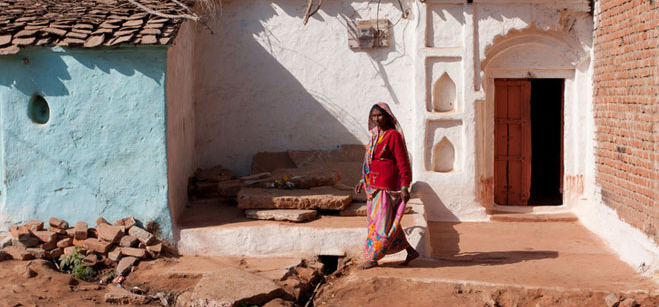Korath Mathew – Independent IT Solutions Consultant, e-Governance, Smart Cities , Aadhaar , India Stack
The Covid19 pandemic is unprecedented in the history of mankind; not because Covid19 is more lethal than its predecessors like SARS, Spanish flue etc., but because its spread has been aided by technology; allowing it to fly across continents into countries where otherwise it would never have reached so fast. So, it’s equally possible to find a technological solution for this health problem. A medical solution in the form of a vaccine is months away and by then the pandemic would have caused unparalleled devastation around the globe.
Can Information technology help in vanquishing the virus? The drones can now practically detect anyone from the sky. Why not the unarmed virus? Main difference is that Covid19 is invisible. But the virus leaves telltale marks which is enough for us to zoom in on it. We are all aware that medical experts are unable catch up with the pace of the virus nor the administration. There are indications from China and other countries that it is not the doctors who are leading the fight but Big Data, AI, Sensors , IOTs, Surveillance systems , Thermal cameras , Facial recognition, GPS, GIS, Geo Tagging , etc. which are helping them to accurately target potential patients and contain the disease.
Use of Information Technology to fight corona virus has become a necessity. We are able to use IT in tracking patients, analyzing, categorizing, monitoring, Geo-fencing, providing assistance, medical logistics, and the list is unending. This does not include genome sequencing or its analysis.
One of the deadliest problems in the fight to contain the corona pandemic has been our inability to quickly identify who’s been exposed to this invisible enemy. Long asymptomatic incubation periods make it difficult to ascertain whom to quarantine. Authorities, striving to slow the disease’s spread, are asking entire populations to stay at home, forcing economies to grind to a near-halt. Lock down cannot continue forever. A multi prong attack with Medical, Administrative and Technology is the need of the hour.
Tracking patients: This is probably the most important job of the IT systems. Presently the success rate of testing is around 4%. Random testing is not paying adequate dividends. This is a game where we need to ensure that no one from unexpected zones becomes a corona patient. We need to cover hundred percent of the corona infected area to combat the disease. Once, the entire infected area is mapped, then we should be able to tighten the noose steadily so that potential patients are discerned accurately and treatment is meted out to them. There are many ways to do that. Identifying the infected is the first step and then comes Contact tracing, Geo tagging and Geo fencing. These operations requires big data analysis in real time. Thermal imaging cameras has provided a big breakthrough.
Thermal Imaging: Can thermal cameras be used to detect a virus or an infection? No, but thermal imaging cameras can be used to detect Elevated Body Temperature (EBT). Thermal cameras have a long history of being used in public spaces—such as airports, train terminals, businesses, factories, and concerts—as an effective tool to measure skin surface temperature and identify individuals with EBT. Thermal cameras can detect tiny differences in heat – as small as 0.01°C. Once a person with EBT is identified then he can be put through the virus test. However, this cannot identify asymptomatic covid19 carriers. Thermal Imaging cameras in public places like malls, theaters, conference rooms, bus stops, airports, offices and factories will certainly make a huge difference in spotting corona patients.
City surveillance Systems: Video cameras can record crowded areas continuously. We can identify all the people who came in contact with the patient from the video recording using forensic analysis and facial recognition. A near real time tracking is possible, followed by proactive treatment and quarantine. In a matter of days we can map all the suspected and potential patients in the nation using contact tracing. Facial recognition solutions have been implemented in China, Singapore, Taiwan, South Korea and a few other countries.
The Virus is Invisible. How do we identify asymptomatic patients? Thermal imaging cameras cannot discern them. They usually show less clinical symptoms, such as fever and fatigue, but their nucleic acid tests are positive. Hence tracking them through contact tracing is an important method to identify and then subject them to tests or quarantine.
Contact Tracing App: Qihoo 360 and NoSugar Tech of China has introduced an AI-based platform that lets users check if they have recently had close contact with someone who is infected with the virus. With Arogya Setu, India has made a small beginning. Apple and Google say they will be providing a first version of their app by beginning of May with details of API (Application Programming Interface) and its release, including sample codes to show how it operates in practice. Both are intent on providing updates and documentation as they become available. They are also providing access to new developers throughout testing, though this will be gated because the companies are limiting access to this API to authorized public health authorities only. The mobile app uses blue tooth for communication. All mobiles have a machine number as shown below. Once the patient’s mobile is identified then it can be broadcast on network. In this case it is necessary to keep the Bluetooth of mobile enabled so that nearby devices are identified and warning messages can be alerted to the user about the proximity of the infected person. The app will record all the mobiles which have come in the vicinity in the last two weeks. The big data can then easily contact trace and alert the authorities.
Role of CSC in contact tracing: The citizen service centers functioning under the ministry of IT( MeitY) has a vital role to play in contact tracing. Not all people have mobile and they have to be identified too with respect to their families and locations. They have to be forewarned and informed about the actions and policies for contact tracing and containing disease. Over three hundred thousand CSCs span the country and they can act as mouthpiece, eyes and ears of the government. One way to incentivize is to pay a fee for each patient traced by them.
Crowd sourcing: This is another method to gather information. This is particularly true when people use their GPS on their mobiles to track their locations. Much similar to the way we track our cars on a google map. When a route is diverted or blocked, google automatically captures such information as and when few drivers are turned away. Similarly once a corona patient is identified and geo tagged the danger zones are marked and warnings can be issued.
Privacy Trade off: Covid19 has taken the world by storm. Businesses have come to a grinding halt. All flights are grounded, streets are empty, vehicle movement are almost nil, oil consumption is down to 20% and vaccines are nowhere in the horizon and there seems to be no hope in sight. A possible weapon to fight corona is Information Technology. But there is a trade-off between data privacy and safety. It’s a no-brainer as to which option to choose.
Role of Smart Cities: Smart cities have a major role in combating the pandemic. A city surveillance system with thermal imaging cameras, facial recognition, forensic analysis, GIS integrated citizen portal and mobile app will provide an interactive and informative solution capable of tracking and containing pandemic.
Contact tracing apps are already in the play store. Arogya setu is available in India. Google and Apple are developing sophisticated apps with many more features. They are sharing the APIs ( Application programming Interface) too. But we need the infrastructure in place. Cities should develop their ICCC (Integrated command and control centre) including GIS platform with all relevant layers that connects all departments, health centers and stakeholders. A city wide surveillance systems along with thermal imaging cameras are required to discern corona patients. Cities should also have a LoRa network to connect all the IoT( internet of things). Thus a GIS based comprehensive smart solution will be ready to use contact tracing mobile app being developed at the national and international level. Aadhaar is the best way to identify the citizen accurately. Facial recognition should be enabled in Aadhaar and all smart cities should become Aadhaar User Agencies. With a smart infrastructure which can trace patients using thermal imaging, track using contact tracing , identify using facial recognition and forensic analysis , it will be possible to create the corona map accurately in near real time.
Geo-fencing: Once a patient is identified, he can be geo tagged, put under home quarantine or treated in a hospital. For instance, the IT ministry has incorporated geo-fencing through mobile phones to fight the pandemic. With this technology, the government is keeping track of all the people who have tested positive or have been advised to stay under quarantine. With ICCC the authorities can easily monitor all the geofence patients from the control room.
Use of drones for surveillance and logistics: Authorities are using drones to monitor people’s movement and break up social gatherings that could pose a risk to society. Drones is reducing the risk of officials getting infected while monitoring vast swathe of area without physical engagement. Drones can also be efficient carriers of emergency medicines and material.
Eliminating Disinformation: One of the biggest challenges which everyone is facing, is the flood of false messages shrouding the internet and mobile. Disinformation is “false information which is intended to mislead, especially propaganda issued by some vested groups. ICCC can help in countering disinformation through citizen portal, mobile apps , public address systems, smart bill boards etc.
Optimization of medical resources: Indian cities will soon reach the limit of resources as the number of patients are doubling every 10 days. A clear assessment of the available medical resources and criticality of patients is essential optimise resources. ICCC can aggregate all departments information on a single platform disseminate to all the stakeholders.
Summary
The fight against Covid-19 is all across the world. The nation and the state are coordinating their efforts contain the spread of the Virus. But each city has to set up an efficient IT infrastructure to support and take full advantage of the actions taken at the national level. With a smart systems that can discern patients using thermal imaging, track using contact tracing , identify using facial recognition and forensic analysis , it should be possible to create the corona map accurately in near real time. ICCC and City surveillance system are crucial infrastructure for using Information Technology to combat corona virus.
Korath Mathew – Independent IT Solutions Consultant, e-Governance, Smart Cities , Aadhaar , India Stack




